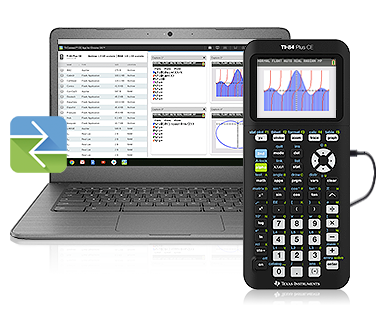


The Kindle Paperwhite includes a rechargeable battery, whereas the TI-84 Plus requires four AAAs. The Kindle also connects to WiFi, while the Texas Instruments graphing calculator doesn't. It has 4 GB of memory, which blows away the storage capabilities of the TI-84. The Kindle's screen is far larger and higher in resolution. For example, a TI-84 Plus and Kindle Paperwhite both sell for $99.99 on. The calculator is woefully under-equipped when compared with similarly priced electronics. The bestselling TI-84 Plus graphing calculator generally retails for between $90 and $120, which hasn't changed since its 2004 debut. "If we're asking students to engage in data analysis and problem solving - where we're testing more of their process skills and not their content knowledge - then we absolutely encourage the use of a calculator." "If our goal is to measure students' ability to compute algebraic functions, to actually engage in math, then we don't necessarily want them to use a calculator," Luberoff said. That's not a realistic option with a traditional graphing calculator that rests on a student's desk the entire time. The calculator can be made available to a student on one specific question, but then removed for the next one. Using a digital calculator does more than save money, it also allows more nuance in how testing is conducted. "TI calculators continue to be trusted on 60 high-stakes exams around the world - including the SAT, ACT, AP and IB exams," said Peter Balyta, president, education technology at Texas Instruments. Texas Instruments also noted that digital calculators required schools to invest in Internet access. In a statement, Texas Instruments ( TXN) described its calculators as a one-time investment that can take a student from middle school to college and into their career.


 0 kommentar(er)
0 kommentar(er)
